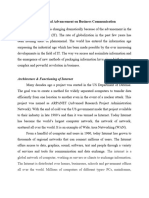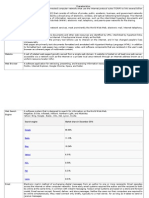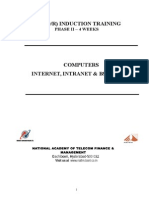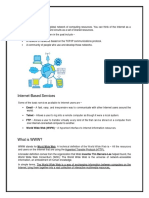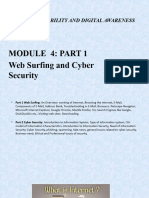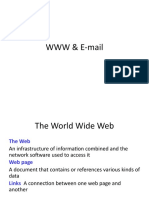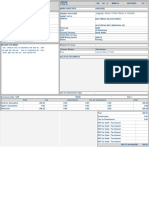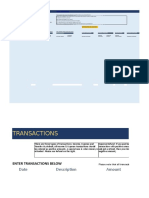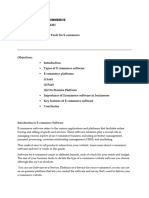0% found this document useful (0 votes)
72 views5 pagesDip E-Mail Internet Notes
Uploaded by
Bright Future CIITCopyright
© © All Rights Reserved
We take content rights seriously. If you suspect this is your content, claim it here.
Available Formats
Download as DOC, PDF, TXT or read online on Scribd
0% found this document useful (0 votes)
72 views5 pagesDip E-Mail Internet Notes
Uploaded by
Bright Future CIITCopyright
© © All Rights Reserved
We take content rights seriously. If you suspect this is your content, claim it here.
Available Formats
Download as DOC, PDF, TXT or read online on Scribd
/ 5
